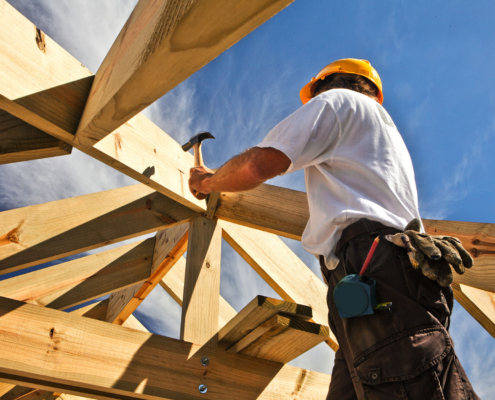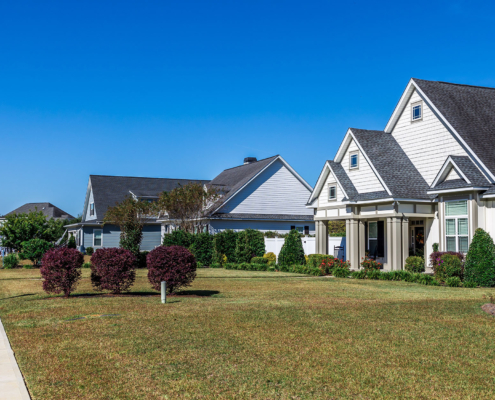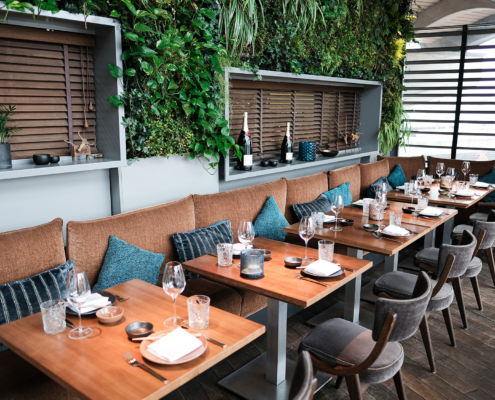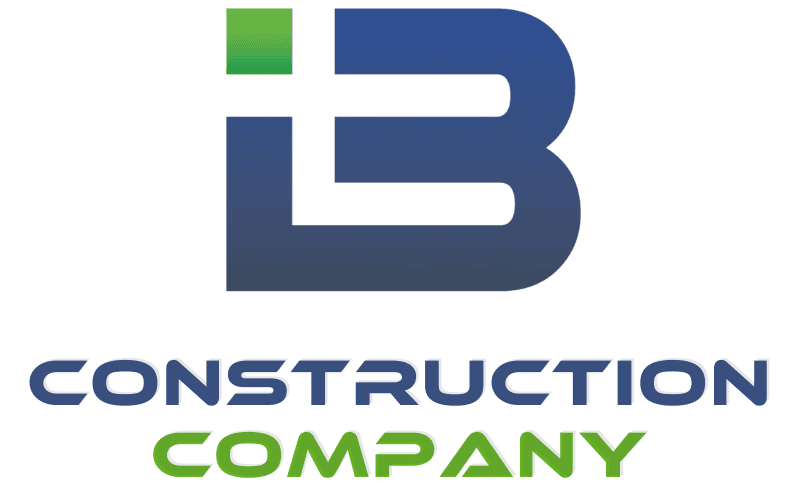When designing recreational facilities, it’s essential to consider how the space will connect with the community on a personal level. These facilities often serve as a focal point for gatherings, social events, and everyday interactions, so creating a welcoming environment is key. Think about the elements that make your facility inviting and visually appealing and how these can contribute to building a sense of community.
Start by incorporating multi-functional spaces that encourage diverse activities. For example, a lounge area with comfortable seating can double as a space for informal meetings or social events. Outdoor patios, picnic areas, or playgrounds can serve as additional gathering spaces, inviting members to spend more time at the facility. These areas enhance the facility’s usability and foster community engagement and interaction.
In addition, consider aesthetics that align with the community’s character. Choose colors, textures, and design elements that reflect the local culture or natural surroundings. Integrating outdoor views, natural light, and greenery can make indoor spaces feel more expansive and inviting. Community members are more likely to feel a connection to the facility when it resonates with their sense of place and identity, which enhances the overall user experience.
Furthermore, creating flexible spaces allows the facility to adapt to changing needs over time. For example, you might design an open area that can easily be converted for various uses, such as exercise classes, meetings, or community events. By focusing on community engagement and aesthetics, you’re designing a facility that looks great and serves as a hub for meaningful connections.













